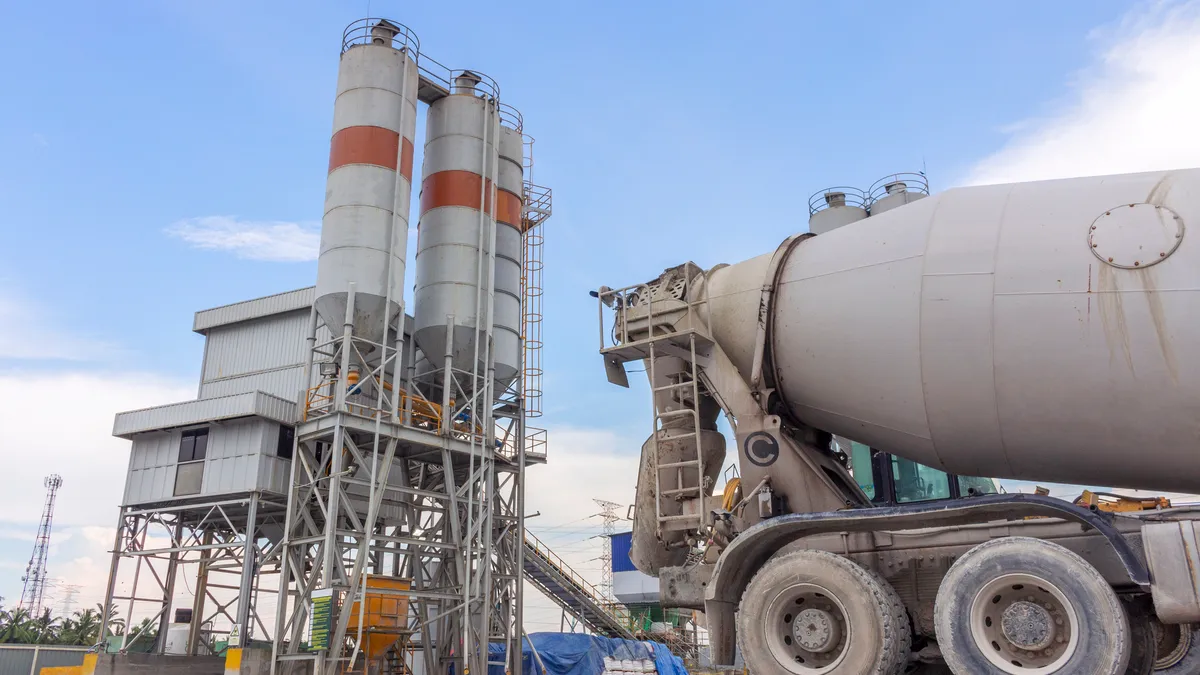Dive Brief:
- Algae is not just some stuff floating around in your fish tank or on pond rocks — it’s also a key component of a new zero-carbon cement mixture, according to a June 6 press release. Boulder, Colorado-based zero-carbon research company Prometheus Materials is using algae to create a greener binding agent, according to the company.
- The mixture was developed under a Department of Defense grant by a team of scientists and engineers at the University of Colorado Boulder. Prometheus Materials CEO Loren Burnett said the mixture will be used to construct a data center but declined to disclose the client or location.
- Prometheus Materials championed the technology after announcing the close of an $8 million Series A funding round led by Sofinnova Partners, a life sciences venture capital firm based in Paris, London and Milan. Additional participants included the Microsoft Climate Innovation Fund and architecture and design firm Skidmore, Owings & Merrill.
Dive Insight:
Burnett called the new cement mixture a “novel material” that doesn’t incorporate any Portland cement, the type most commonly used in construction. Prometheus’ product uses microalgae, a microscopic form of algae, as a key component.
One of the key differences from traditional products, according to Burnett, is that Prometheus’ mixture doesn’t employ the typical chemical reaction that turns cement into concrete. Instead, the algae-based mixture undergoes a dehydration process, which causes it to bind.
Cement is one of the most widely used building materials in the world, but at a significant environmental cost — the creation process alone is responsible for 8% of all carbon dioxide emissions in the world. Concrete also consumes 10% of the world’s industrial water supply and burns through the supply of usable sand.
“When you start with Portland cement, you're fairly deep in the carbon hole already. And so it's virtually impossible at that point to get to zero carbon. With us, we're not starting with them at all,” Burnett said.
The creation process combines microalgae with water, sunlight and carbon dioxide to create a bio-cement similar to the base material coral uses to grow reefs and oysters use to generate their shells, according to the release. Because of the photosynthetic process of the algae, Burnett said, the material even has the potential to be carbon-negative.
Burnett declined to give a retail price for the product.
The need for carbon-neutral and carbon-negative concrete has drawn the attention of companies such as Amazon, which is building its HQ2 with low-carbon concrete, as they seek to reduce the material’s adverse environmental effects.













